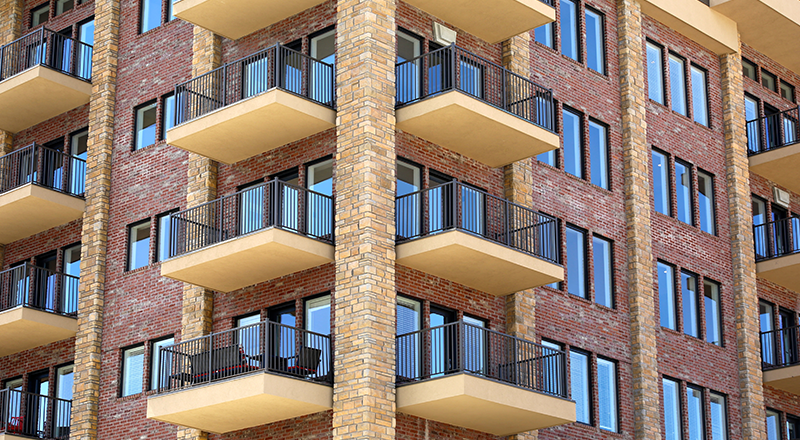A number of major U.S. Cities are making a shift in single family zoning amid mounting crises over housing affordability, racial inequality and climate change, and beginning to incorporate more required workforce housing.
1: The Challenge
“Addition without Subtraction”, i.e. adding new single-family development without removing existing multi-family affordable rental housing is an approach that many forward thinking cities support.
The need for affordable housing is a national problem; every community’s needs and obstacles to accomplishing this task are different. Affordable housing is usually rental, older and where our workforce lives; building affordable home ownership is also desirable but more costly without creative financing.
“Addition without subtraction” involves keeping what we have and adding new housing options that are more expensive so that we have a mix of both types of living arrangements.
Preservation of apartments:
In Sandy Springs we are fortunate to have a large inventory of this type of housing, which is a big asset that needs to remain affordable so that our workforce, including our teachers, first responders and others can live close to their jobs.
Preserving apartments while maintaining affordable rents is key to our city’s long-term vitality. Maintaining affordable rents also allows the renters to save towards home ownership instead of spending over 30% of their income on rent.
However, several threats exist to preserving this inventory:
- Lack of Community Will: not understanding the need for affordable housing
- Profit driven apartment owners increasing rents, pricing residents out of city
- Increased property values makes redevelopment attractive, reducing inventory
Alternative building sites:
On the North End we have 10 under-utilized strip shopping centers and several under-utilized office industrial parks…many of which could be attractive to redevelopment into home ownership opportunities.
- Incentivizing developers to build home ownership opportunities on these parcels instead of demolishing apartments is one way to “ADD without SUBTRACTION”.
- Building on under-utilized parcels usually also reduces the cost of demolition since there is little infrastructure to tear down…
Accommodation and “Right of Return”:
In instances where new development must displace residents, forward thinking cities are requiring developers accommodate the displaced residents and also allow them to return once the development is complete. This approach assures employers of a workforce which can remain in place, and the city of longevity and vitality.
Visit all five sections to learn about The Challenge
3: The case for apartment communities
Apartment communities and new mixed income housing are our assets for growth.
Adding new single-family mixed income housing on under-utilized land attracts more residents to the North End while preserving the existing multi-family rental housing assures that teachers, nurses and first-responders have a place in our community to call home.
When teachers can’t afford to live in the communities where they work, it makes it harder to attract and retain the best teachers for our schools, driving down the overall quality of the education for our children and driving down property values.
READ MORE2: Revitalization has arrived in Sandy Springs
The conversation we’re having is NOT about whether Sandy Springs should invest in revitalization, but HOW should we invest and whose voices are included.
In fact, revitalization is already here.
New construction of housing is already happening in the North End:
- an 18 townhome community starting at $400,000 each is being built on Colquitt Road at Pitts Road;
- even more townhomes (64) are coming at Roswell Road and Hanover Park Road ;
- the Northridge Vista Apartments, a large 220 unit luxury apartment community, on Northridge Parkway was just completed.
2: A new Sandy Springs brings a unique opportunity
Before Sandy Springs became a city, developers built here without restraints. And today, we want to be sure that any decisions we make as a community benefit everyone who has chosen to live here — not just a small group of developers who need to build new homes in order to profit.
READ MOREIt’s not just a Sandy Springs problem
The lack of desirable, affordable housing affects every city in our country.
Over the past two decades, the demand for housing in major cities has continued to increase, reversing a generational trend away from the cities that started in the 1970s.





